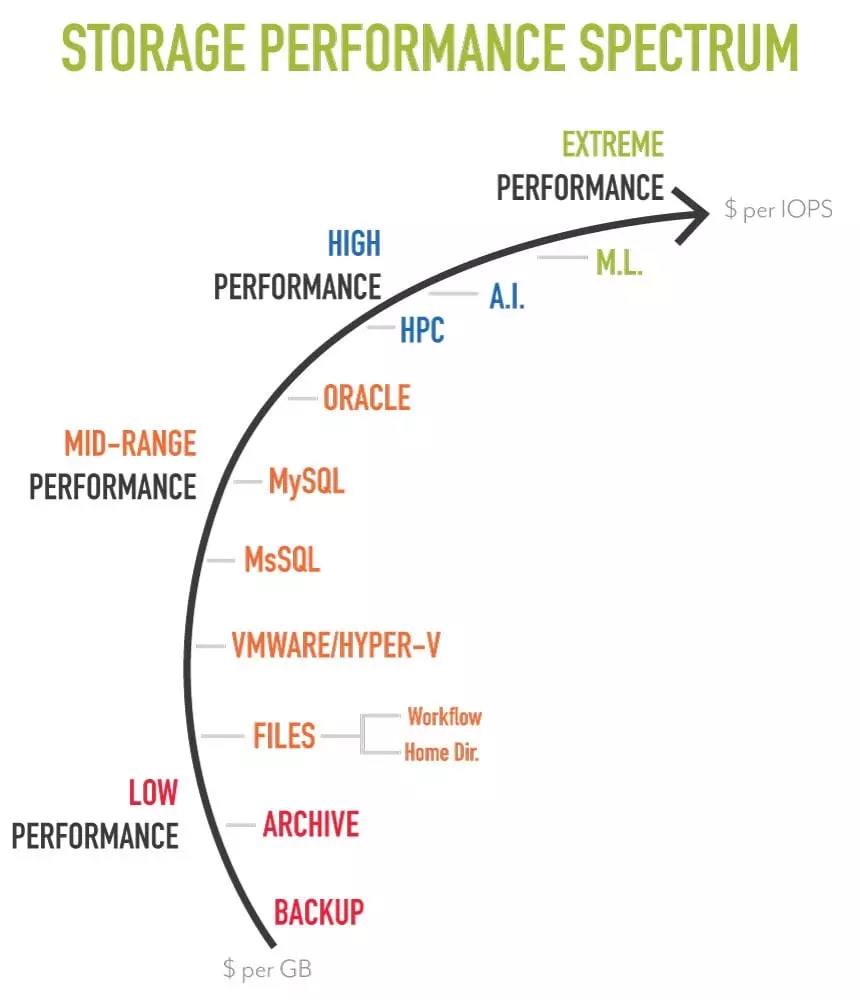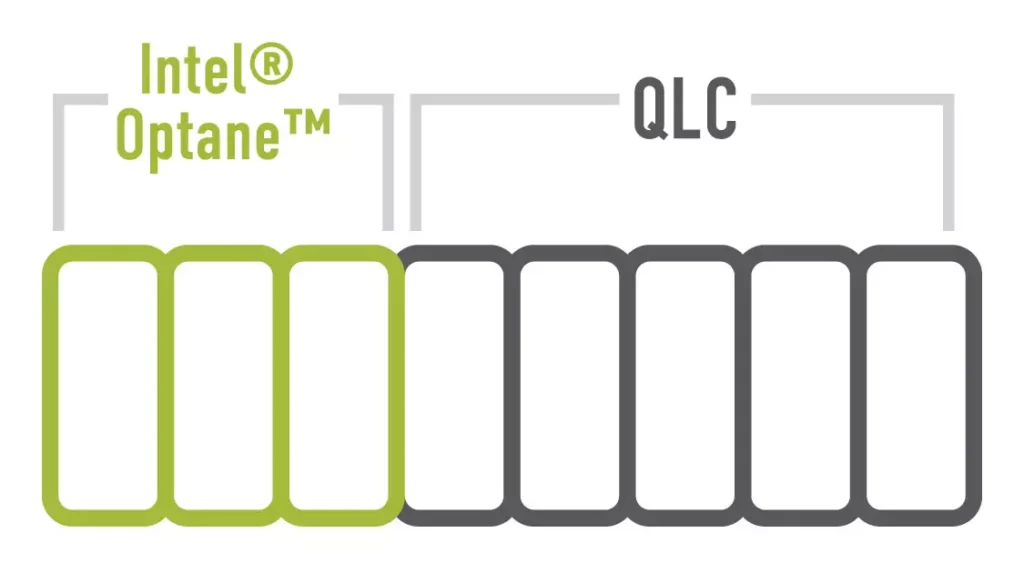Storage Consolidation is broken. As a result, most data centers have six or more storage systems, each addressing specific use cases and requiring independent management. A storage consolidation strategy is supposed to reduce storage management costs, improve utilization, and lower costs in the long run. The reality is that a storage consolidation project rarely achieves any of these goals. In most cases, storage consolidation doesn’t even consolidate storage. The storage consolidation solution can rarely cover all the various use cases the modern data center requires, and if a consolidation strategy is started, it often never fully completes.
Why Storage Consolidation is Broken
Storage Consolidation is a strategic initiative, one that requires planning, testing, and careful implementation. The challenge is IT professionals don’t have the time to go through the strategic process required by storage consolidation. IT is stretched thin and is busy responding to current demands, making long term planning difficult.
Instead, IT needs a consolidation solution that can solve today’s tactical, most pressing requirements and then evolve to address more workloads over time.
Hardware Breaks Storage Consolidation
Most vendors build storage consolidation solutions using a monolithic hardware stack, forcing the customer to pay a maximum price. The result is that most storage consolidation solutions are so expensive, that they never fulfill the promise of being less expensive long-term than workload-specific storage solutions. They are so costly that even the theoretical operational savings aren’t enough to cover the cost of the premium hardware. As a result, the organization continues to buy point solutions, knowing that each purchase makes management and data protection more complex.
IT needs a consolidation solution that is software-first and runs efficiently on today’s hardware and protocols but is ready to support future innovations.
Use Case Variety Breaks Storage Consolidation

Another challenge facing storage consolidation solutions in the modern data center is use-case variety. The typical data center has use cases that range from high capacity to extreme performance. At one end of the spectrum, the focus is on $ per GB at the other end is $ per IOPS. In the middle of the spectrum is the core data center use-cases that require a balance of both capacity and performance. A well-run data center might be able to meet storage demands with three or four systems, but it is easy to understand why most require six or more.
IT needs a solution that can cover the full spectrum of use cases and performance requirements across file, block, and object.
The Cloud Breaks Storage Consolidation

Almost every organization is looking to move some or all its data to the cloud. The most popular use case is a hybrid model where data moves back and forth between the cloud and on-premises. The problem is many storage consolidation solutions don’t support the cloud, or if they do, the support is rudimentary at best.
IT needs to run the same storage solution in the cloud as it does on-premises. The solution needs to move data between cloud and on-premises seamlessly.
The Future Breaks Storage Consolidation
The majority of storage consolidation solutions are slow to adopt new technologies, partly because of their hardware focus but also because of the inflexibility of their software. Software inflexibility can stem from using a RAID technology that doesn’t support mixed drive sizes to a system that can’t tier data from premium high-performance storage to less expensive capacity storage.
IT needs a storage solution that not only consolidates today’s workloads but can integrate future technology to ensure consolidation of future workloads.
AFAn Fixes Storage Consolidation
Traditional storage consolidation is broken but StorONE’s All-Flash Array.next (AFAn) is storage consolidation done right. The AFAn’s Optane Tier provides millions of IOPS at low latency for mid-range, high, and extreme performance workloads. In contrast, the QLC tier provides a cost-effective capacity layer for processes like inactive data, backup, and archive.

AFAn automatically manages movement between these two tiers, and there is not a read performance penalty when accessing data from the lower tier. Using QLC for capacity enables us to provide the AFAn at a price lower than competitors’ AFAs. Using Optane enables us to meet any performance need your consolidation efforts may require, and more importantly, allows us to get 10X the life expectancy of flash.
Next Steps
What’s your next step? Our customer engagements start by solving a specific and pressing storage problem, meeting a performance demand, a capacity demand, or lowering the cost of the storage investment.
A great place to start is our TRUprice configuration and pricing site. Unlike other vendors, we show you our performance and pricing upfront. If that pricing works for you, the next step is to complete the TRUprice “send me a quote” form and let us talk to you about your specific requirements. After we solve that problem, you use the same AFAn system to address your next storage problem. Before long, you’ll comfortably ease yourself into a consolidation strategy.
Not ready to start the conversation? You can learn more about AFAn and how it can help consolidate storage by watching our recent on-demand webinar, “The 5 Requirements for True Storage Consolidation.” During the webinar, storage experts from StorONE and Intel discuss what causes storage consolidation to unravel, and how the right solution can make storage consolidation an affordable, long-lasting reality.



